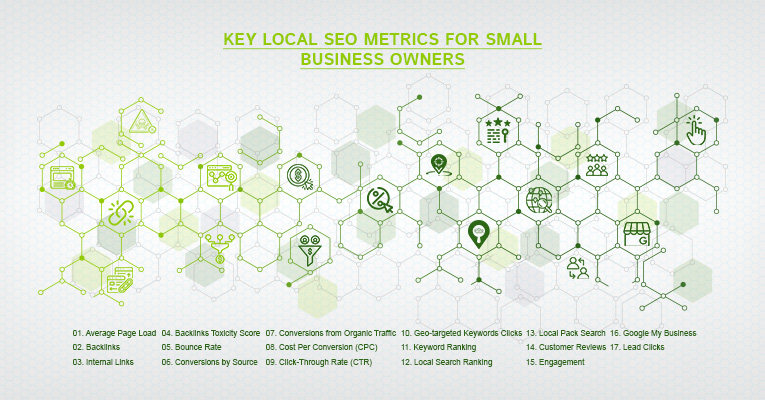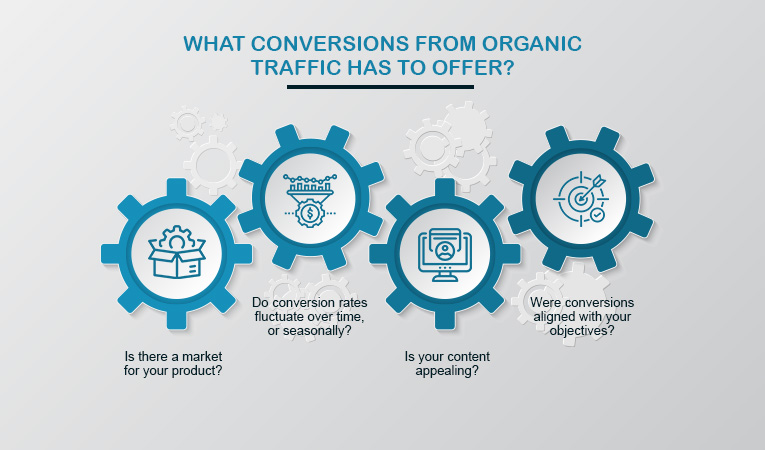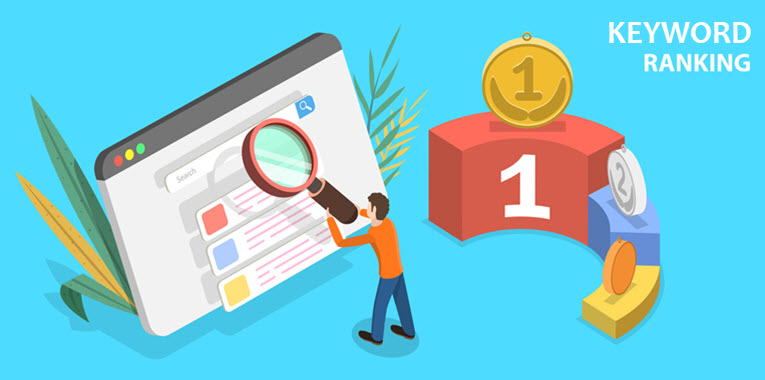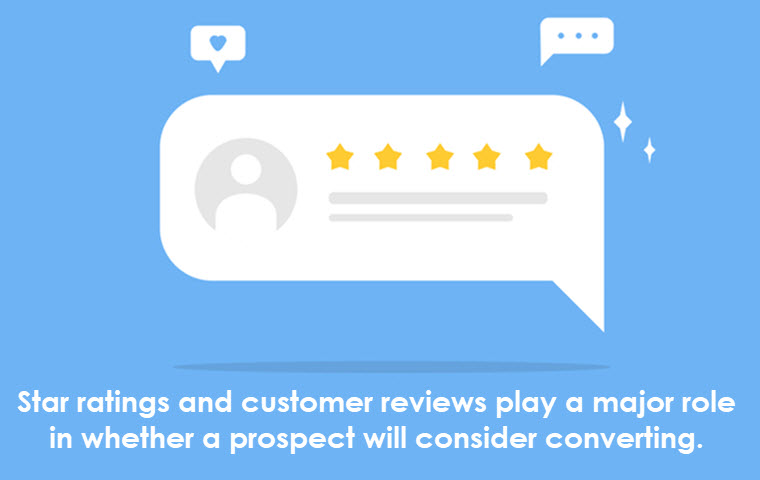SEO is complicated enough without having to worry about numbers. However, local SEO metrics offer valuable insights that tell you whether your efforts are helping you meet your goals. The question is, exactly what metrics should you be tracking? Here we look at key local SEO metrics every small business owner should understand.

Average Page Load Time
What it is: How long it takes a page to load on your website.
Why it is important: If you are experiencing high bounce rates, it could be because your web pages take too long to load. People want instant gratification and a page that is even a few seconds slower means people won’t wait. Also, loading time affects your SEO ranking, so speed is of the essence.
Backlinks
What it is: Links to your site from external websites.
Why it is important: Backlinks help build credibility and authority. When a trusted site deems your content trustworthy, search engines see the connection and raise you in the rankings. Backlinks also tell you what content on your site is premium in the eyes of other sites. This helps you create better content and earn even more backlinks.
Internal Links
What it is: Links from page to page within your own website.
Why it is important: Links help keep people on your site longer. They make it easier for people to navigate from page to page, following a logical path to the content they need. It makes user experience more pleasant, which in turn shows Google your site is useful. You create natural paths rich with relevant content while building link equity for search engines. This helps boost your ranking.
Backlinks Toxicity Score
What it is: Backlinks that are links to undesirable sites.
Why it is important: This is probably self-explanatory, but just to be clear, while backlinks are a good thing, toxic backlinks are literally poison to your ranking. Monitoring for and removing toxic backlinks is a must to avoid penalizations and lost rankings.
Bounce Rate
What it is: Bounce rate is how long it takes the average person to leave your page.
Why it is important: High bounce rates tell search engines users did not find what they wanted on your ranked pages. As a result, you lack “stickiness” with content that engages users. Instead, users are going back to the SERPs to find other pages instead. It also tells you your content needs work, whether it is new images, more details, a more concise presentation, or simply better writing. The higher the bounce rate, the faster you can expect your ranking to fall. You can use search your keywords to see what other pages are ranking with you and use their content to get a better idea of what people might expect.
Conversions by Source
What it is: The number of conversions you are getting for each of your online marketing efforts.
Why it is important: Understanding the value of each digital marketing tactic you use helps you focus your budget to see better ROI. When you see results with conversions you can see where the value lies and understand what you are doing right, and where you are dropping the ball. When it comes to local SEO, this metric tells you how well you are doing with your organic efforts whether you get more leads from the local pack, Google Maps, etc. so you can plan your campaigns accordingly.
Conversions from Organic Traffic
What it is: How many conversions you get from organic traffic via SEO efforts.
Why it is important: Conversions from organic traffic offer insights into a few unexpected things:
- Is there a market for your product? Low traffic and conversion rates mean there is no demand while high traffic and high conversion rates mean there is high demand. However, you can also see high traffic with low conversion rates which means there is demand, but your content isn’t working.
- Do conversion rates fluctuate over time, or seasonally? This helps you see trends in how your sales will look throughout the year.
- Is your content appealing? If you see high traffic and low conversions, as mentioned above, your content needs work.
- Were conversions aligned with your objectives? Conversions are not always sales. You might be trying to collect email addresses, requests for quotes, downloading white papers, etc.

All these insights can help you make adjustments to your content, but also tell you more about your product marketability. You’ll also know if your content is driving the results you desired, or leading people down a different path on their journeys.
Cost Per Conversion (CPC)
What it is: How much it costs for each conversion.
Why it is important: How much you invest in your SEO efforts is important and must be compared to results. You need to understand your margins, and whether your efforts are justified.
Click-Through Rate (CTR)
What it is: How many people clicked on your organic results.
Why it is important: This is a basic metric that tells you if your content is working to generate a ranking in the organic results.
Geo-targeted Keywords Clicks
What it is: Clicks generated from your geo-targeted keywords as a local SEO tactic.
Why it is important: When you use location-specific keywords the clicks tell you where your customers are. It also allows you to follow their clicks to understand other metrics such as the time spent on each page, and what pages they visited.
Keyword Ranking
What it is: Your web pages position in the SERPs.

Why it is important: This is the best way to see how your use of keywords is working for you. For every keyword you use, you want to know if it is helping improve your ranking. How are you doing for major keywords vs less popular keywords? Are you getting higher in the rankings for new keywords you’ve added? How have your SEO campaigns performed? How have keywords helped with sales leads, calls generated, actual purchases? What is your ROI for your keywords? Are there any downward trends you need to address?
Local Search Ranking
What it is: Your web page position in the local SERPs.
Why it is important: Since you are all about local SEO, understanding how well you fare in the local search ranking gives you a far clearer picture of your visibility to local customers. You can see if you need to make more of an effort for your local SEO such as including more geo-targeted service pages or focusing on local landing pages to help with conversions. Also, as you know, if you aren’t ranking in local searches, the people in your area don’t know you exist.
Local Pack Search
What it is: The top three results for local searches.
Why it is important: Knowing which keywords are helping you rank in the top three local pack slots tells you what you are doing right. Knowing how many clicks your appearance in the local pack is generating is also important as you get an understanding of customer intent in relation to the pack and keywords.
Customer Reviews
What it is: How your customers rate your products and services.

Why it is important: Star ratings and customer reviews play a major role in whether a prospect will consider converting. Google knows this and uses reviews and star ratings as part of its organic search criteria. Having no reviews is just as bad as having bad reviews. However, you also have a better understanding of how you are doing in your customers’ eyes. What are people saying about you? What are their main complaints? Main compliments? Reviews and five-star ratings improve rankings and increase leads and sales.
Engagement
What it is: How interested people are in your brand.
Why it is important: A high engagement rate shows you are doing something right. It also improves your profile when it comes to SEO. You can help boost engagement using free tools like Google’s Questions & Answers to boost engagement as it allows customers to reach out to you easily right from your GMB link. You can see what interests people the most, so you can continue providing more of what they want.
Google My Business (GMB)
What it is: Data about your local search performance.
Why it is important: Google analytics is one of the best sources when it comes to local SEO. It includes a long list of relevant data including:
- Views for your business listing
- Website click-throughs
- Calls or messages from your business listing
- How customers search for your business
- Search views vs map views
- Photo views
- Popular times for searches
You can get an idea of your local reach, how often you reach the map pack vs search pack, how many clicks and impressions you get and more. Since most local businesses are unaware of the power of GMB, by completing your profile to access your metrics you are miles ahead.
Lead Clicks
What it is: The number of leads going into your pipeline.
Why it is important: Since your ultimate goal is to generate leads, understanding how many clicks generate leads is important. While all your other metrics help tell you how you are doing in your SEO efforts, this is the final number that tells the story of your success.
Keeping track of these metrics can be quite a bit of work. However, it’s a necessary evil to understand how your digital marketing efforts are working for your small business. Our team can help you monitor these metrics and adjust your strategy accordingly. Schedule a call with us today!
